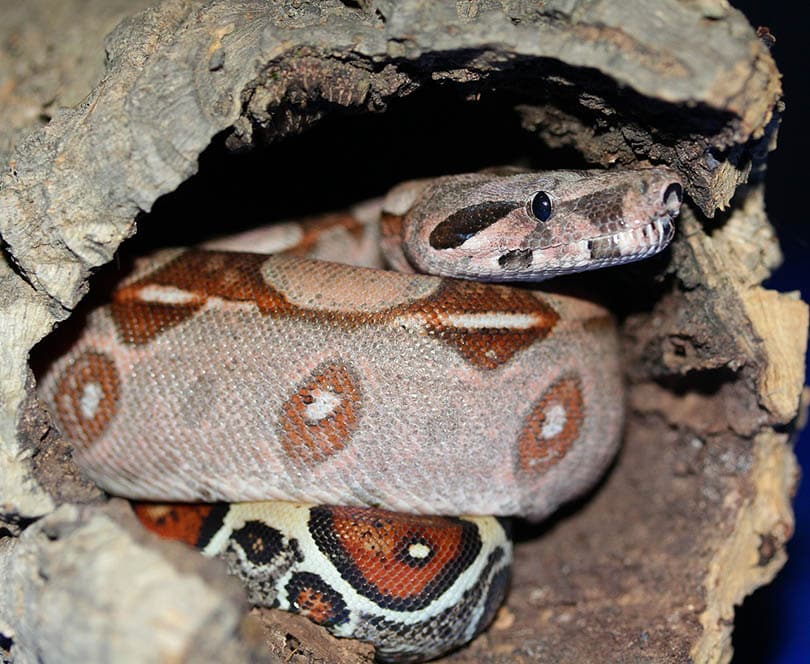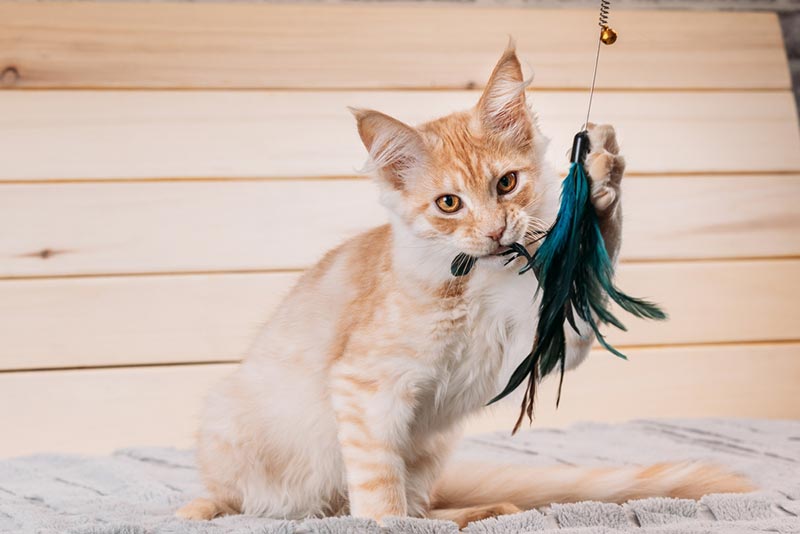Click to Skip Ahead
Although they do not hibernate, snakes do become less active during winter via a process called brumation. It is similar to hibernation in that it occurs during the coldest months of the year and causes the snake to become considerably less active. Since snakes know that they will brumate and thus have slower reactions and face a greater chance of being attacked, they will head to warmer areas like underground animal dens or other natural habitats.
In this article, we look at where snakes go during the cold winter months and whether there are any steps that you can take to prevent brumating snakes from lodging on your premises.

What Is Hibernation?
Hibernation is a means by which animals can survive cold winters without having to find a way to hunt and keep their body temperatures up. During winter, food is harder to come by, and many animals perish as a result of sub-zero temperatures.
Hibernation offers a method of avoiding the potential pitfalls of winter. The heart rate and body temperature of the animal drop significantly. It requires less oxygen and will barely show any signs of life. Once temperatures rise again, the animal will effectively wake up and come out of hibernation. It is an effective way to avoid perishing during the most challenging months, though it is not without its own perils and hazards.
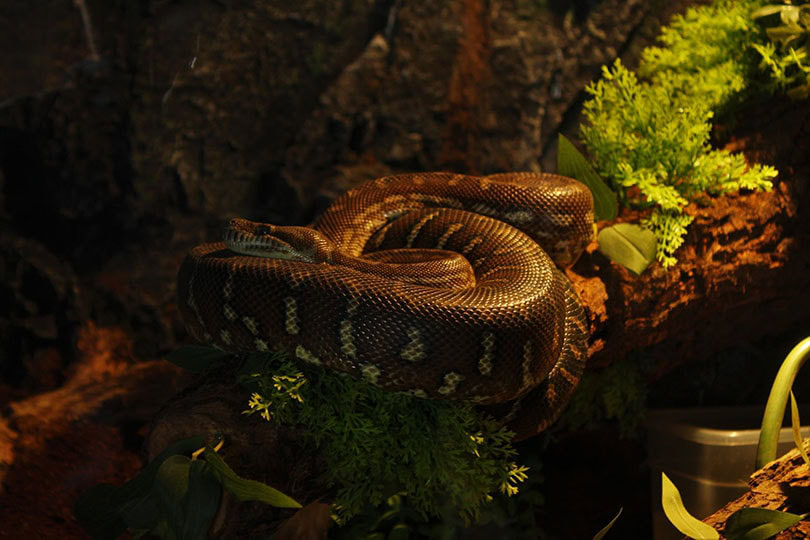
Why Do Snakes Not Hibernate?
Warm-blooded animals hibernate because they have a degree of control over their body temperature. Cold-blooded animals, including snakes, cannot elicit this control over their core temperature, making it impossible for them to truly hibernate. Rather than hibernation, snakes enter a similar state known as brumation.
What Is Brumation?
When brumating, the snake becomes considerably less active and its metabolism slows. A slower metabolism means that the snake does not need to eat as much or as often as it does during the warmer months. The snake will sleep for weeks or even months, but it will need to wake occasionally to eat and get water. Snakes can also wake from brumation if the temperature undergoes a warm snap. They will go back to sleep once the temperature drops once more.
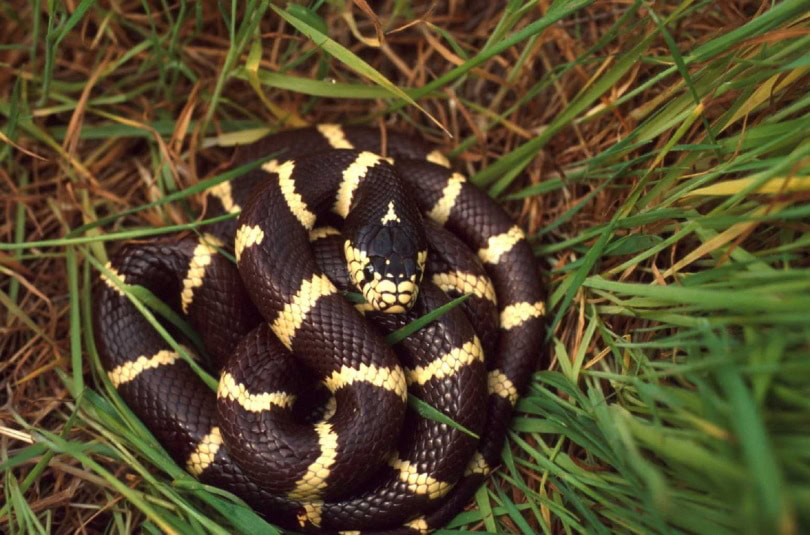
Where Do Snakes Go to Brumate?
Snakes want somewhere secure and as warm as possible in which to brumate. This includes dens and homes belonging to other animals, such as rodents and even other snakes. They may also find natural warm spots in tree trunks, caves, or bushes. Snakes that live in or near urban areas will also look for winter dens in which to brumate. This can include areas like garages, crawlspaces, and even sheds. These reptiles have also been found brumating in car engines, under wood piles, and almost anywhere that they are protected from cold winds and low temperatures.
At What Temperature Do Snakes Become Inactive?
The exact temperature at which a snake enters brumation depends on many factors, including its species and breed, its country or place of origin, and even the individual snake. However, as a rule, the temperature is 60°F. When the environment reaches this temperature, if it continues to gradually drop, a snake will look to enter a state of brumation and will usually come out of it once the temperature gets back up to this point.
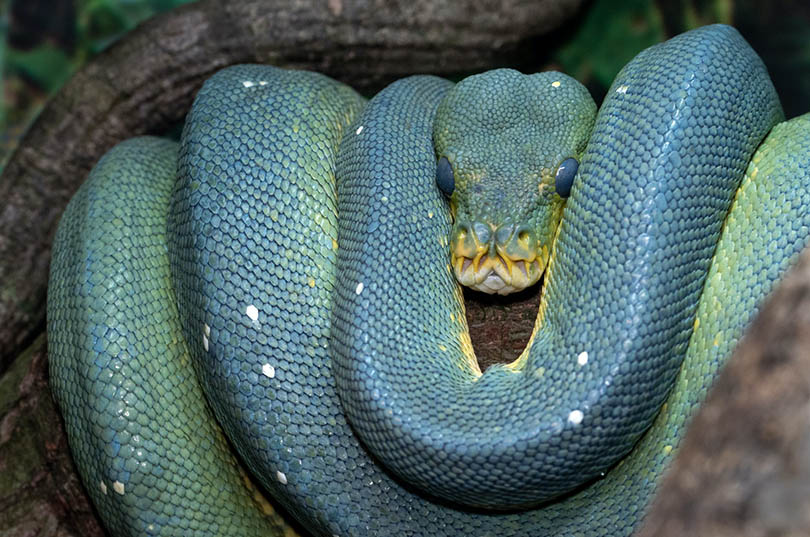
Do Pet Snakes Need to Brumate?
Pet snakes do not usually need to brumate because they should have year-round temperate conditions. However, breeders who want to offer a realistic living environment may encourage brumation by lowering the tank temperature. It is also possible to encourage mating by forcing brumation. In the wild, the male garter snake wakes up sooner than the females to mate with them as soon as they awaken.

Tips to Prevent Snakes From Sheltering on Your Property
Brumating snakes are not asleep and are not hibernating. While they might be docile, they can wake up quickly, especially if they are threatened. As such, it can be dangerous to approach a brumating snake. You can’t always help it, though, especially if it is using part of your property as a warm den. The following tips can help prevent snakes from spending winter in your outbuildings, crawl space, or other areas.
1. Maintain Your Landscaping
Snakes will brumate in long grass because it generates warmth even in cold weather. It also makes a good habitat for small rodents and other animals that snakes count as prey. Ensure that your grass is kept short and your landscaping well maintained; this will prevent local snakes from taking shelter in your yard or garden.
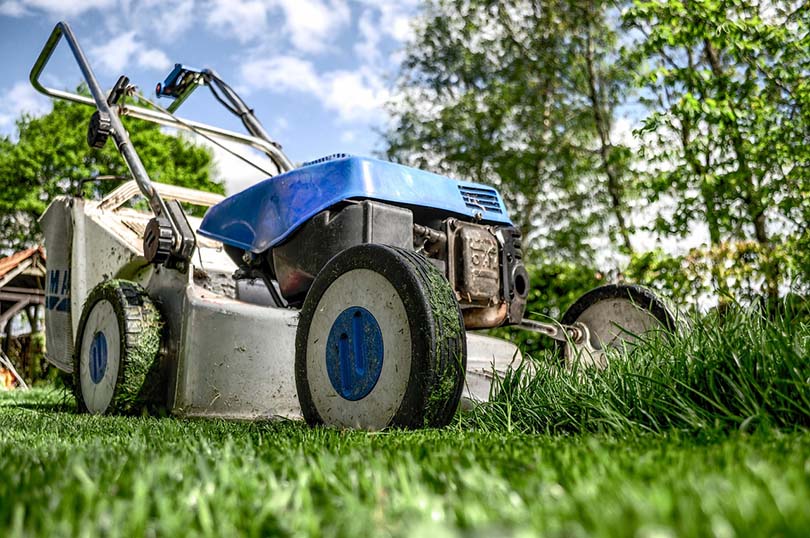
2. Keep Wood Piles Off the Ground
Wood piles are popular winter hides for snakes. They offer warmth, protection from potential predators, and cover from rain and snow. Ensure that your woodpile is maintained off the ground. Ideally, it should be at least 12 inches from ground level. Even better, the wood should be stored in an airtight container that will provide a barrier around the wood and prevent snakes from setting up home there.
3. Fix Damage and Openings in Sheds
Sheds and other outbuildings can be tempting to a snake looking for somewhere warm. Fortunately, they can’t chew or break wood or walls. If you see small holes in the bottom of doors or openings in panels, ensure that these are properly sealed before winter. This will prevent snakes and other wildlife from moving in.
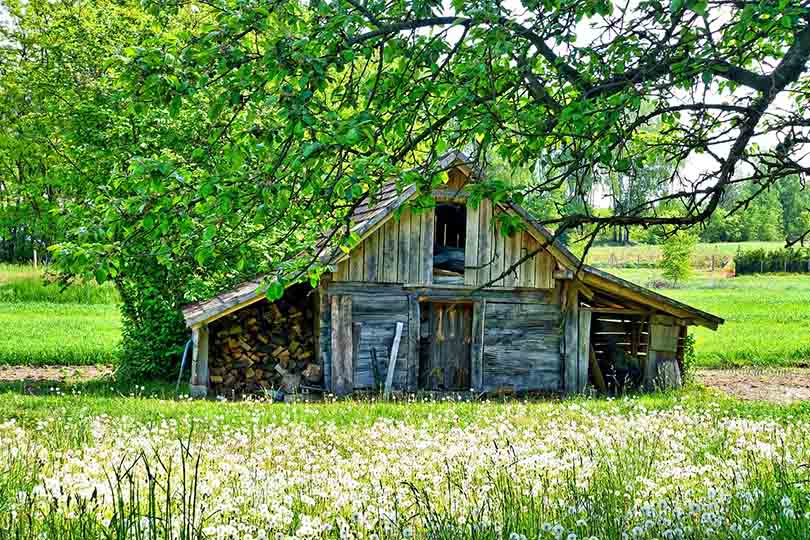

Final Notes
Snakes do not hibernate, but they do enter a state of brumation, which is similar. During brumation, which occurs when temperatures get cold and lasts until the environment warms up again, the snake is not necessarily asleep, and it can be roused, but it eats less, breathes slower, and burns less energy. It has the appearance of hibernation, but you should avoid disturbing snakes that are in this state because they can attack when disturbed.
See also:
Featured Image Credit: sipa, Pixabay
